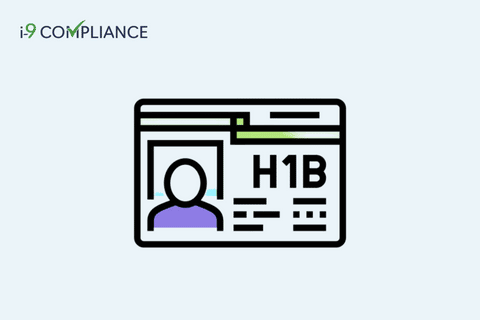Tips for Employers Preparing for the 2024 H-1B Cap Season

December 1, 2022
As 2022 comes to a close, the registration window for the 2024 H-1B fiscal year comes close to opening. The H-1B visa is one of the most widely demanded non-immigrant visa classifications for foreign national workers.
This visa category offers employers access to foreign nationals with expertise in specialty occupations in diverse fields. These fields include science and technology, finance, medicine, and more.
How Will These H-1B Visas Be Allocated?
Under federal law, the number of new H-1B visas issued yearly caps at 65,000 for those registering under the regular cap. However, an additional 20,000 get set aside for applicants with master’s degrees or higher. In addition, another 6,800 gets set aside for the citizens of Singapore and Chile.
Under the current electronic pre-registration “lottery” system, US Citizenship and Immigration Services (USCIS) allocates H-1B numbers before filing petitions. As of yet, there is no exact timeframe to expect the lottery. However, based on previous years, the window for employees to register for the lottery will likely open in the early days of March. They can expect it to stay open between two to three weeks.
After this period closes, USCIS will conduct a lottery and notify employers electronically if their registrants were selected. After this, those chosen during the lottery will have 90 days to file their petitions, supporting documentation, Labor Condition Application, and all associated fees. Should the petition be approved, the worker can start on October 1st, 2023.
How Should Employers Prepare for Registration?
Employers should begin preparing for next year’s registration period. This preparation includes identifying current or prospective employees who have not held the H-1B status but may need it by the beginning of the upcoming fiscal year.
Those who qualify could include, among others:
- Those currently employed under OPT or STEM OPT status;
- L-1 intracompany transfers that are not eligible for lawful permanent resident status; and
- Prospective foreign national workers who would qualify for H-1B status.
In addition, employers must submit a labor condition application to hire an H-1B worker. This application can take some time to prepare, and the Department of Labor must approve it. It can take several weeks or more to complete this process.
Employers should also ensure that their prospective worker prepares all required documentation. However, the required paperwork varies based on the petition, making it more crucial to start early.
Also, employers who hire an H-1B worker must complete the employment eligibility verification process (Form I-9) as they do for other employees. However, completing this form for H-1B employees can prove confusing because of the wide range of documentation they may present. This variety and the rapidly changing regulations can prove complicated and overwhelming for many. The easiest way to complete Form I-9 is to invest in an electronic I-9 management tool. This tool will guide hiring personnel through the process and safely store the forms and any accompanying documentation.
Make things less complicated for your business by automating your employment eligibility verification and ensuring compliance with I-9 Compliance.